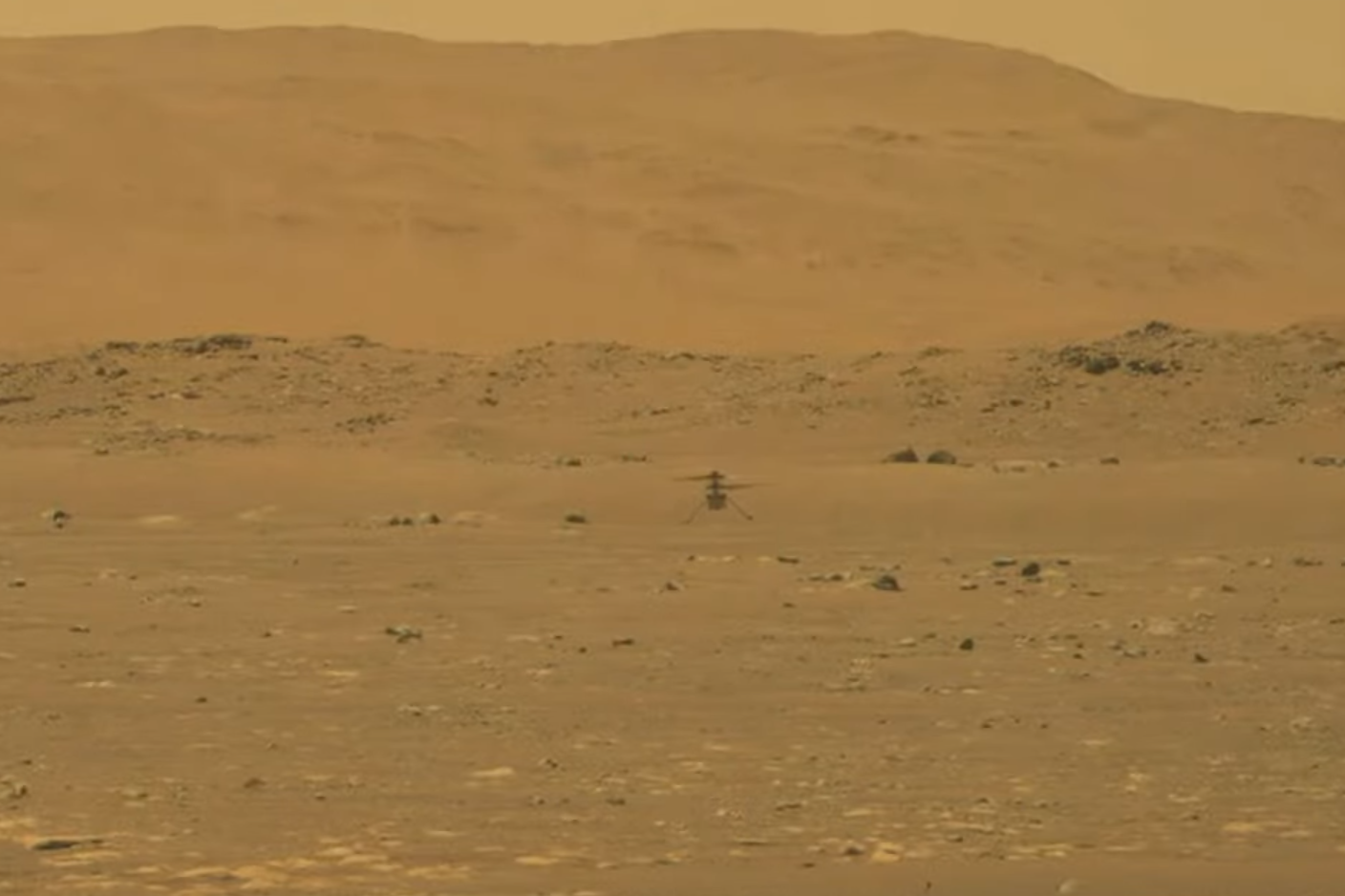“Anthropomorphic love dolls – the successors of basic blowup dolls – are widely used these days, both in brothels and at home. While they can offer physical comfort and sexual satisfaction, they certainly cannot engage in more complex interactions with their counterparts. However, sex robots can – or at least they ought to. For now, the offer is not extensive and prices are high. The motor abilities of current models are limited and mainly focus on the head, while the body is usually identical to that of a love doll. Obviously, sex robots are made primarily to have sex with. But the user can also talk to and even form a relationship with them. This in mind, we are now starting to think about other applications of humanoid sex robots in the future – at least when their motor skills have improved. The possibilities might surprise you …” (De Gruyter Conversations, 23 April 2021) The full article is available via blog.degruyter.com/what-we-can-do-with-sex-robots-besides-the-obvious/ …
One Small Flight for Ingenuity
“That’s one small flight for Ingenuity – one giant journey for mankind.” This can be said after the successful experiment on 19 April 2021 with the tiny helicopter on Mars (photo: screenshot from NASA livestream). Ingenuity flew vertically into the air, took a selfie with its shadow, and landed safely back on the ground. The red planet is associated with many expectations and aspirations. At the moment, the surface is being explored in an unprecedented way. In a few years, humans are expected to travel to Mars. In doing so, they will also need advice and support. Because the personnel on Earth are far away, a voice assistant is a possible solution. SPACE THEA is a voicebot that shows empathy (but doesn’t have it, of course). Like GOODBOT and BESTBOT, she recognizes user problems – but unlike those chatbots, she has a voice. SPACE THEA will be developed until August 2021 under the supervision of Prof. Dr. Oliver Bendel at the School of Business FHNW. The project aims to cover several scenarios on the flight to Mars. However, a voicebot could also be useful on the planet itself, for example to control a tiny helicopter.
A Four-legged Robocop
In New York City, police have taken a Boston Dynamics robot on a mission to an apartment building. Spot is a four-legged model that is advanced and looks scary to many people. The operation resulted in the arrest of an armed man. Apparently, the robot had no active role in this. This is reported by Futurism magazine in a recent article. It is also noted there that certain challenges may arise. “The robodog may not have played an active role in the arrest, but having an armed police squadron deploy a robot to an active crime scene raises red flags about civil liberties and the future of policing.” (Futurism, 15 April 2021) Even Boston Dynamics robots are not so advanced that they can play a central role in police operations. They can, however, serve to intimidate. Whether the NYPD is doing itself any favors by doing so can be questioned. The robots’ reputation will certainly not benefit from this kind of use.
Robots that Spare Animals
Semi-autonomous machines, autonomous machines and robots inhabit closed, semi-closed and open environments, more structured environments like the household or more unstructured environments like cultural landscapes or the wilderness. There they encounter domestic animals, farm animals, working animals, and wild animals. These creatures could be disturbed, displaced, injured, or killed by the machines. Within the context of machine ethics and social robotics, the School of Business FHNW developed several design studies and prototypes for animal-friendly machines, which can be understood as moral and social machines in the spirit of these disciplines. In 2019-20, a team led by Prof. Dr. Oliver Bendel developed a prototype robot lawnmower that can recognize hedgehogs, interrupt its work for them and thus protect them. Every year many of these animals die worldwide because of traditional service robots. HAPPY HEDGEHOG (HHH), as the invention is called, could be a solution to this problem. This article begins by providing an introduction to the background. Then it focuses on navigation (where the machine comes across certain objects that need to be recognized) and thermal and image recognition (with the help of machine learning) of the machine. It also presents obvious weaknesses and possible improvements. The results could be relevant for an industry that wants to market their products as animal-friendly machines. The paper “The HAPPY HEDGEHOG Project” is available here.



